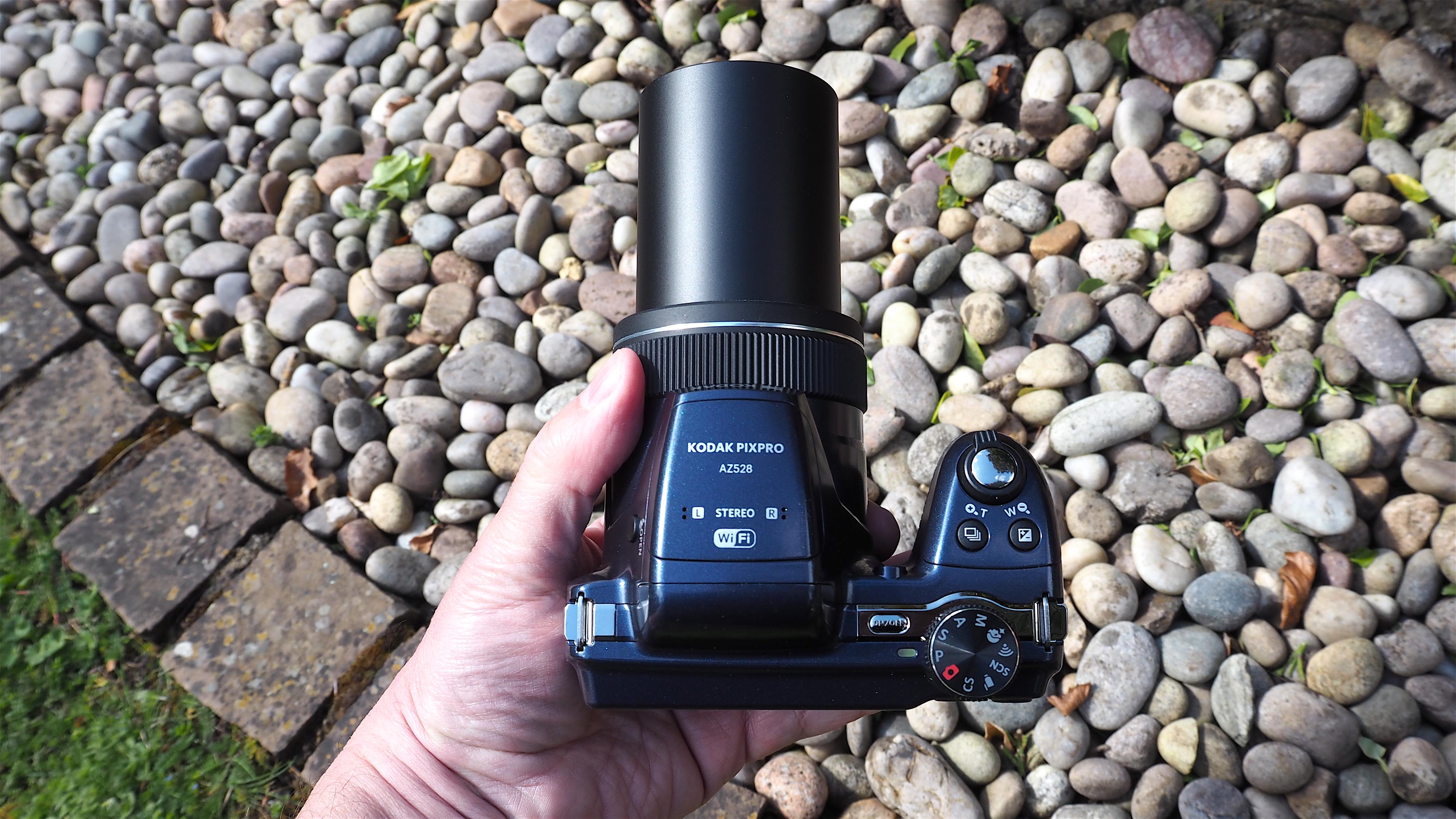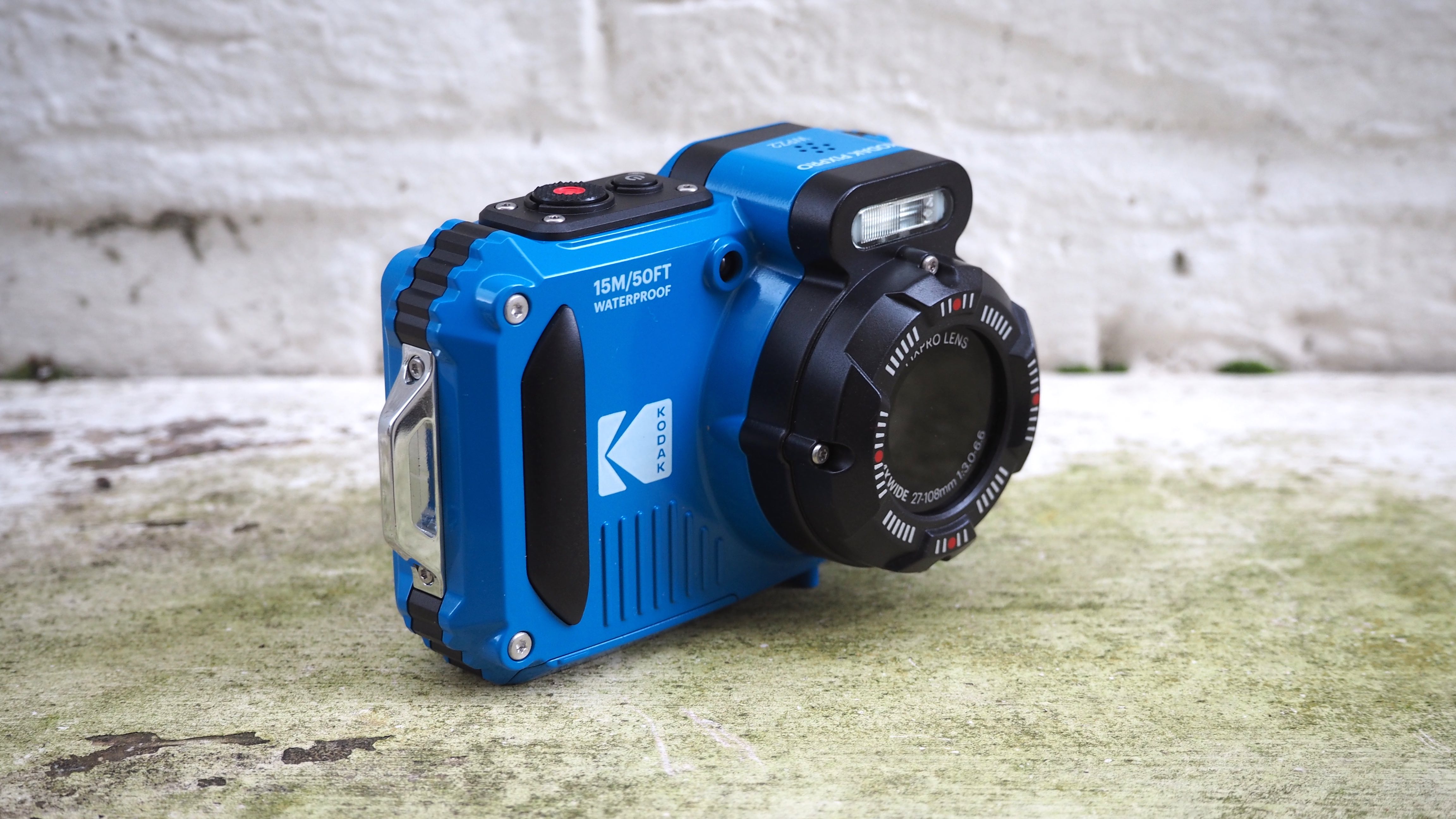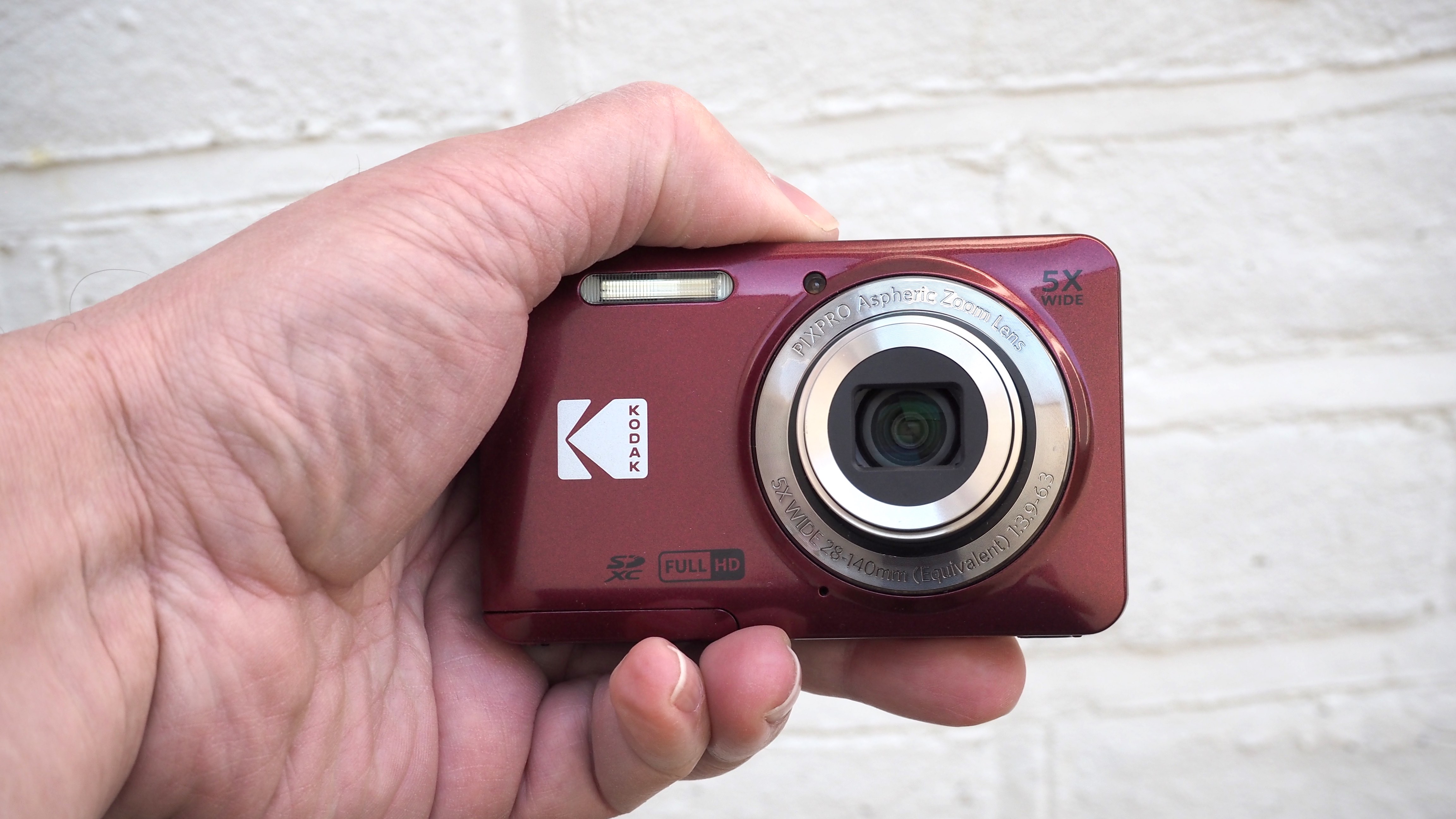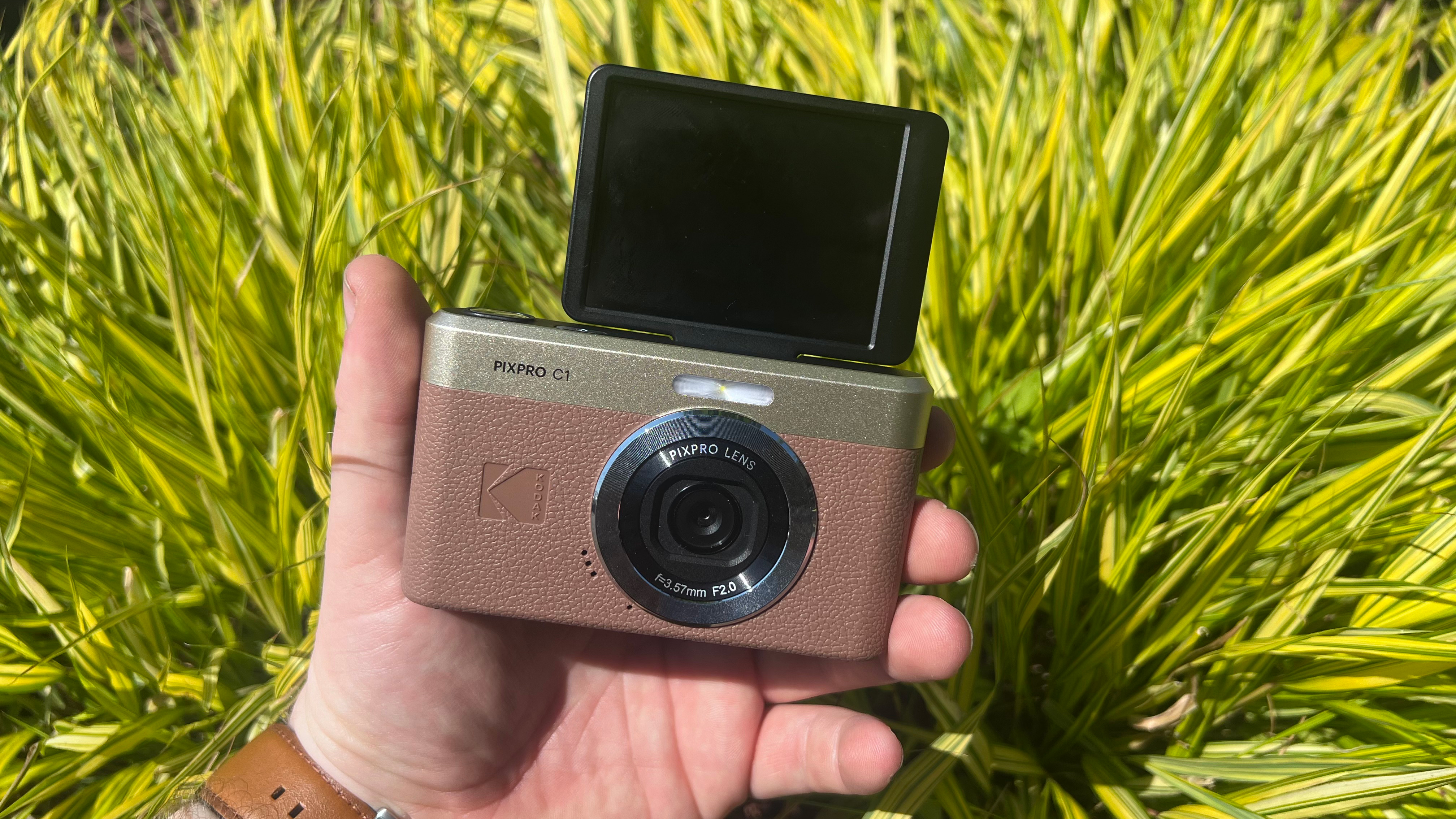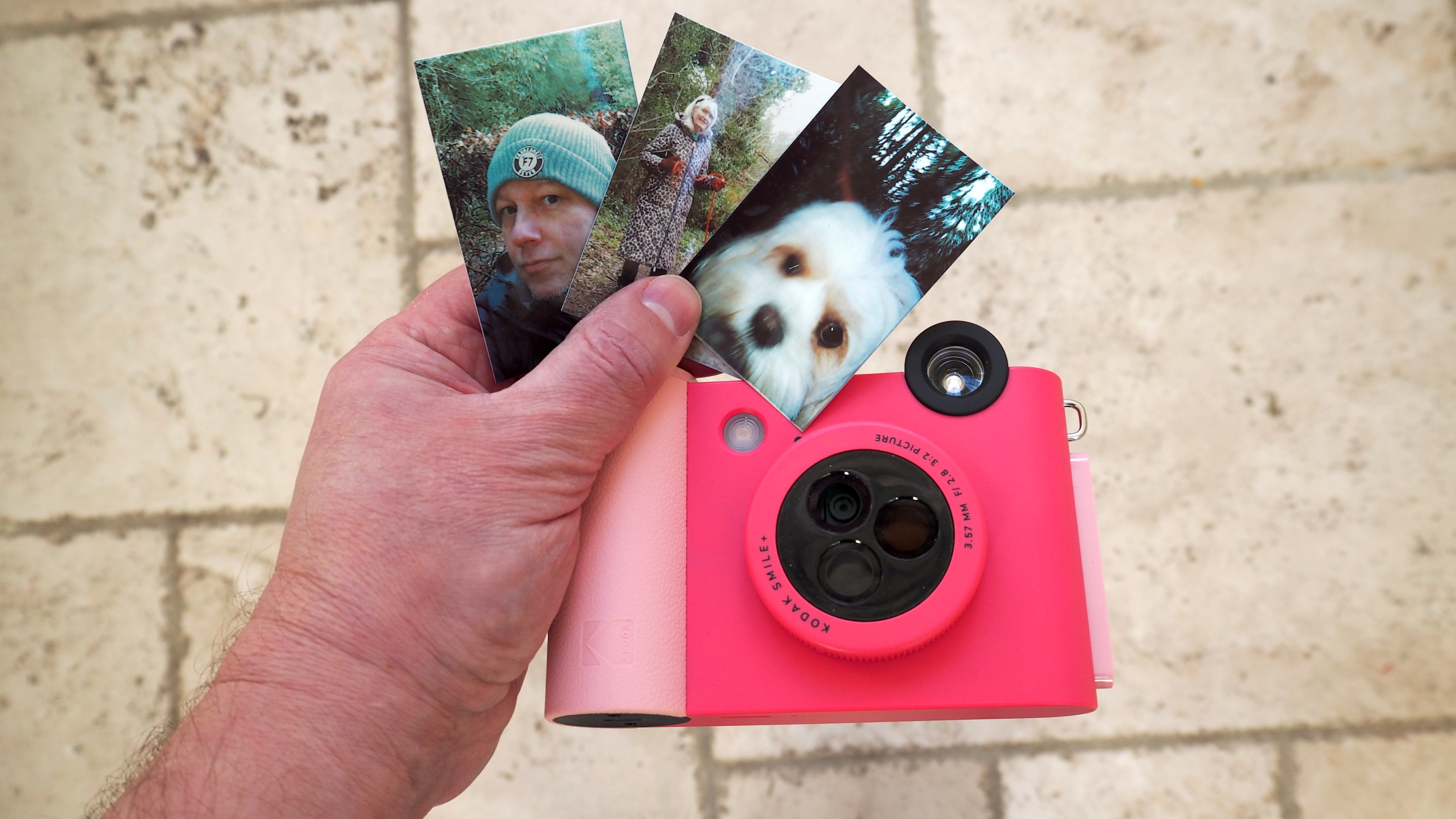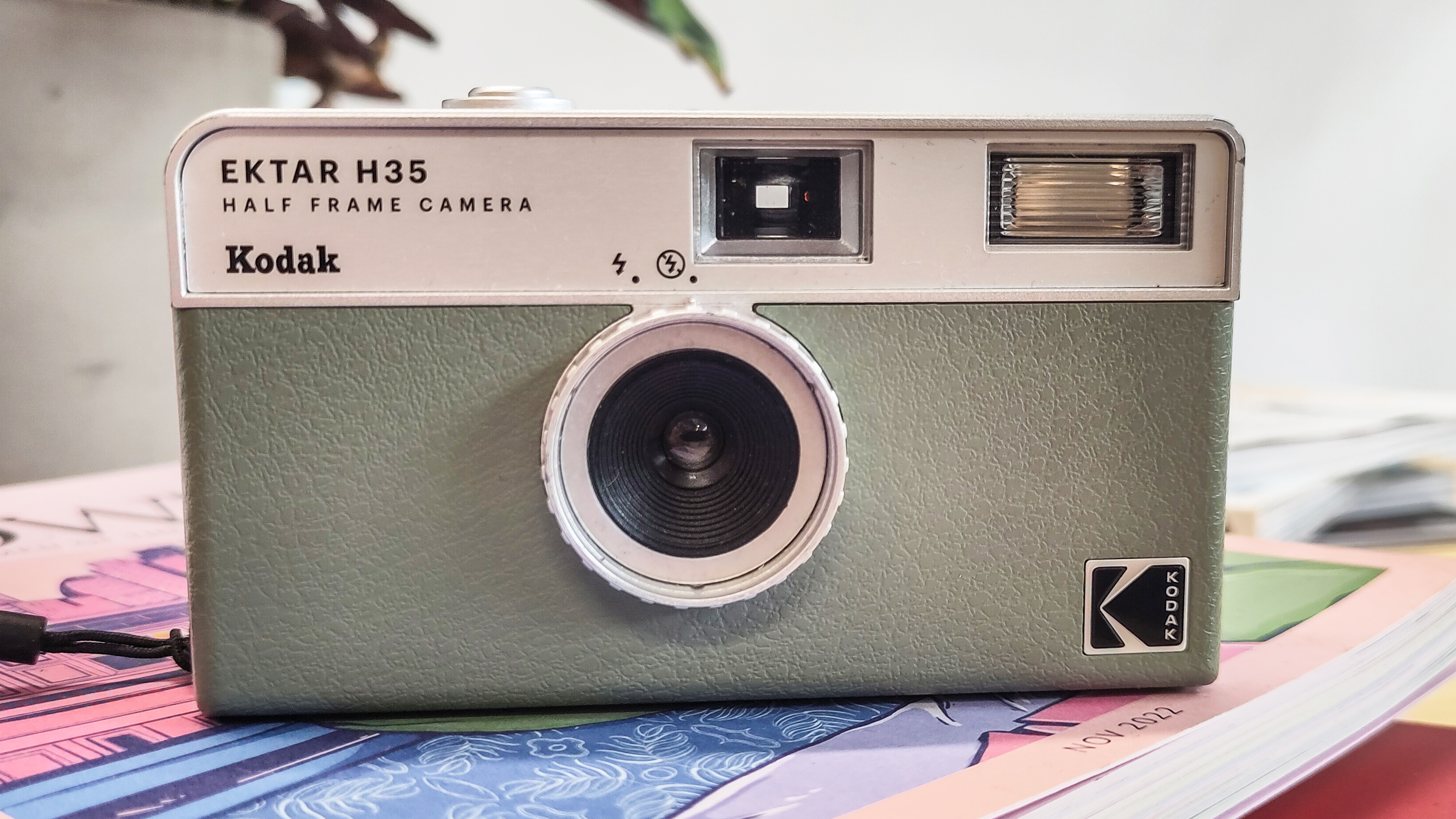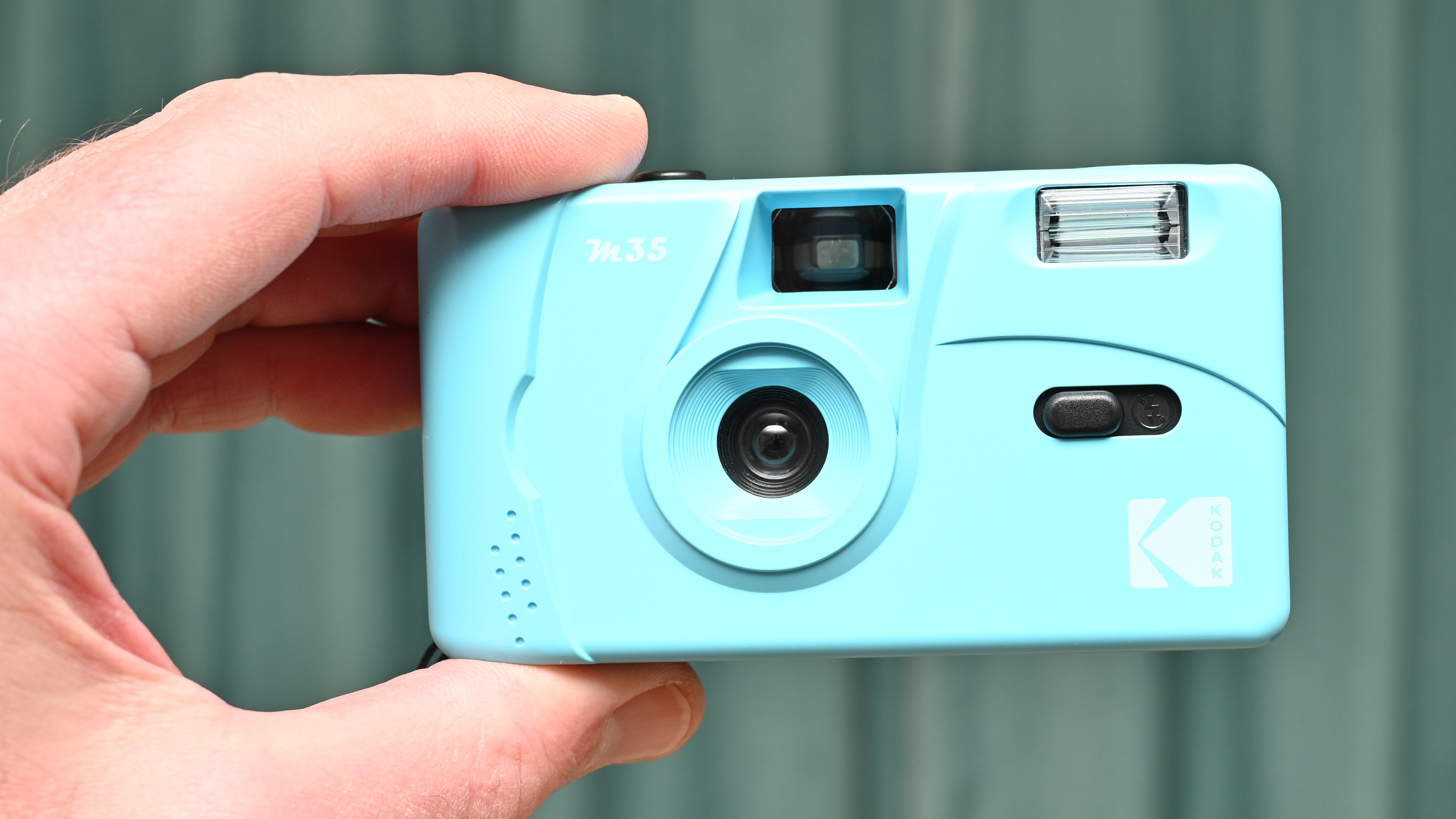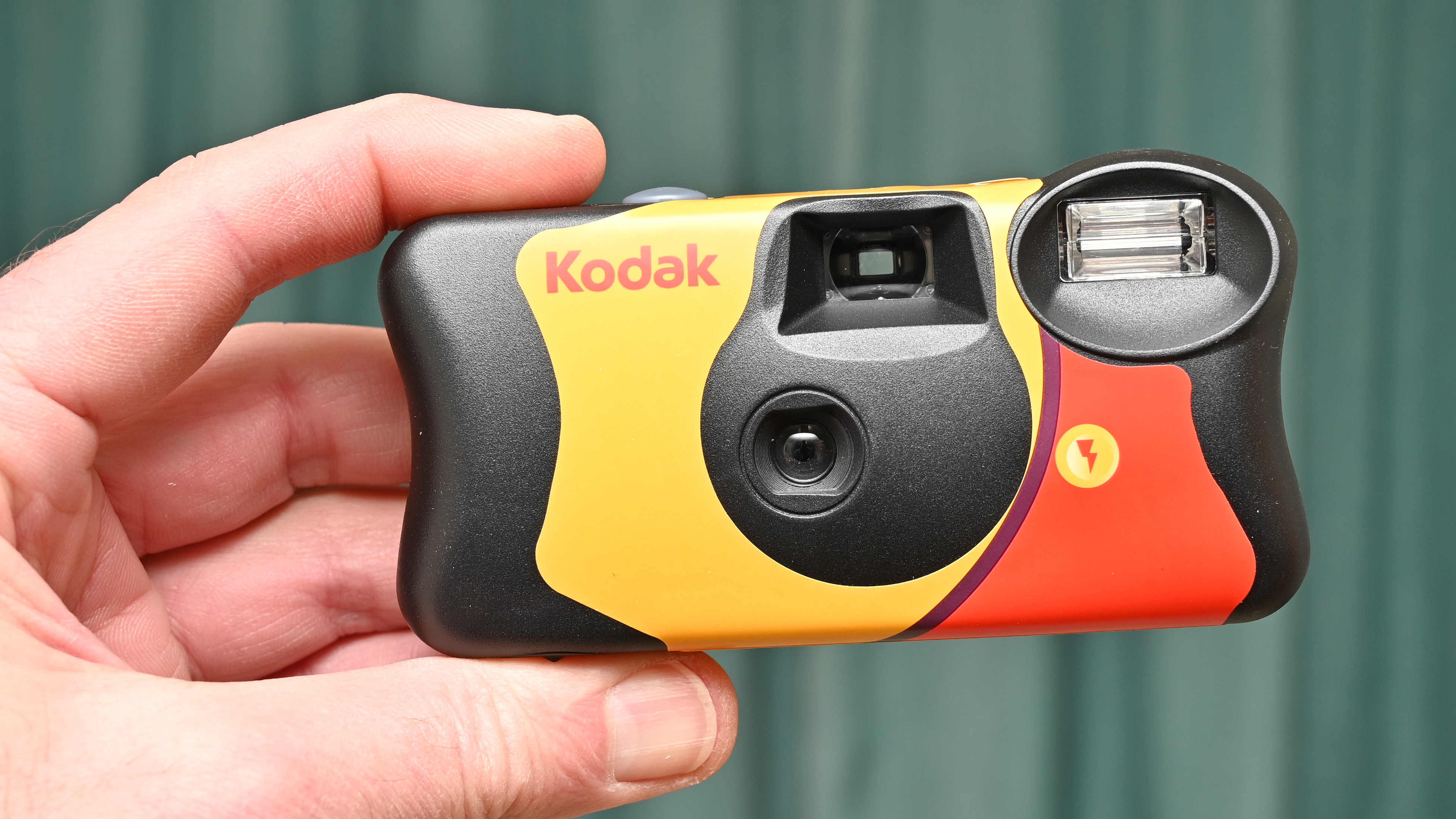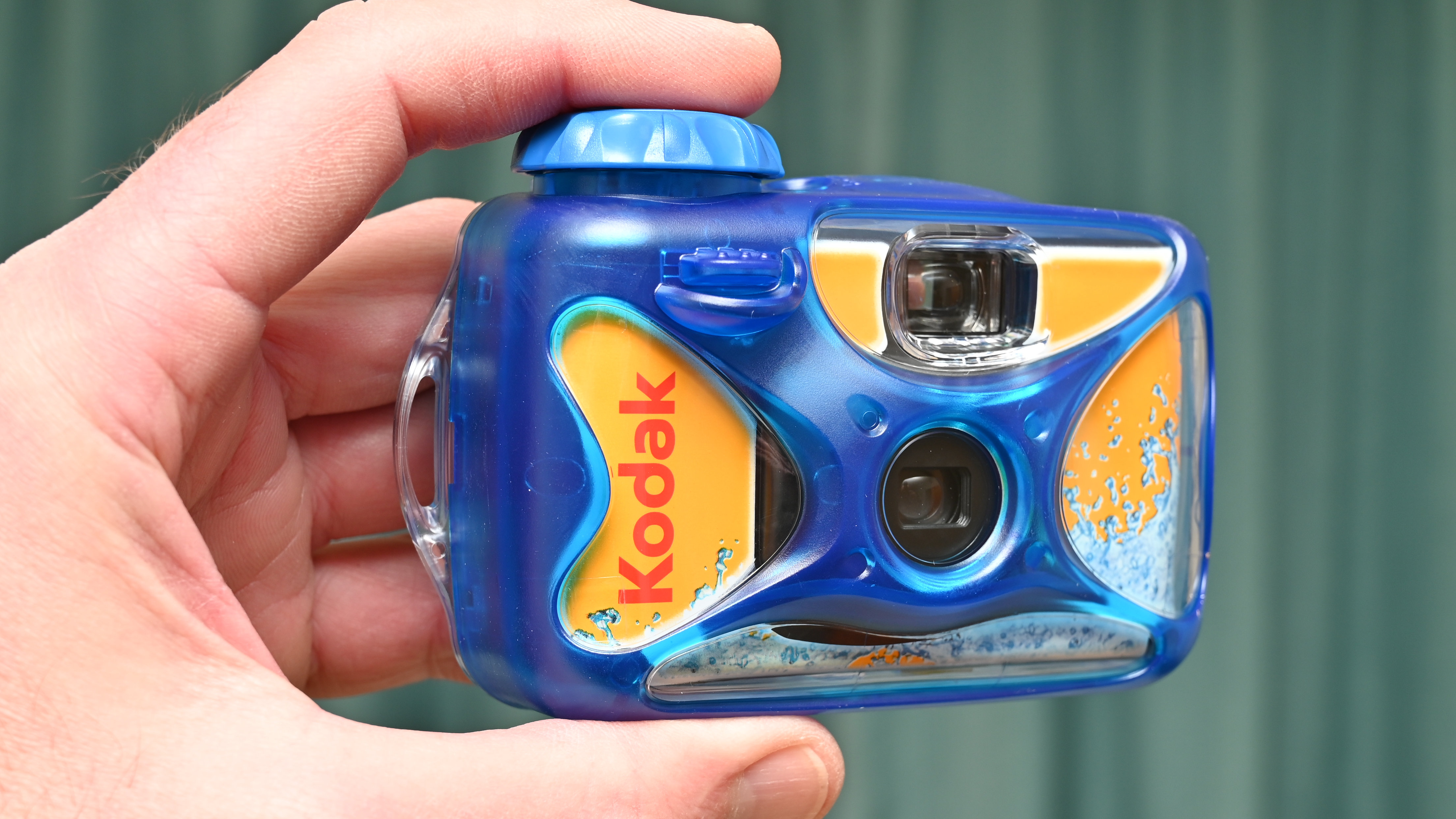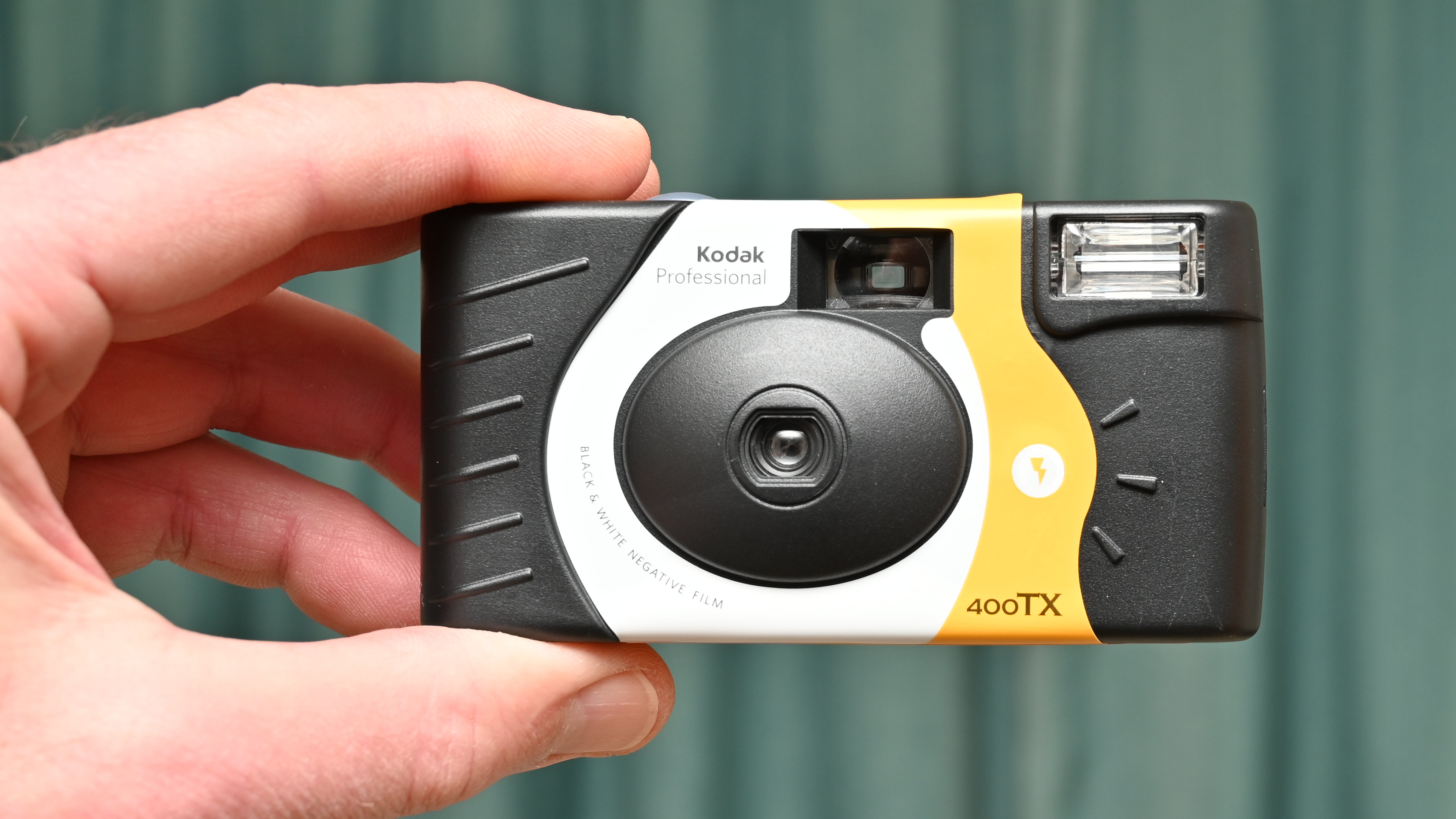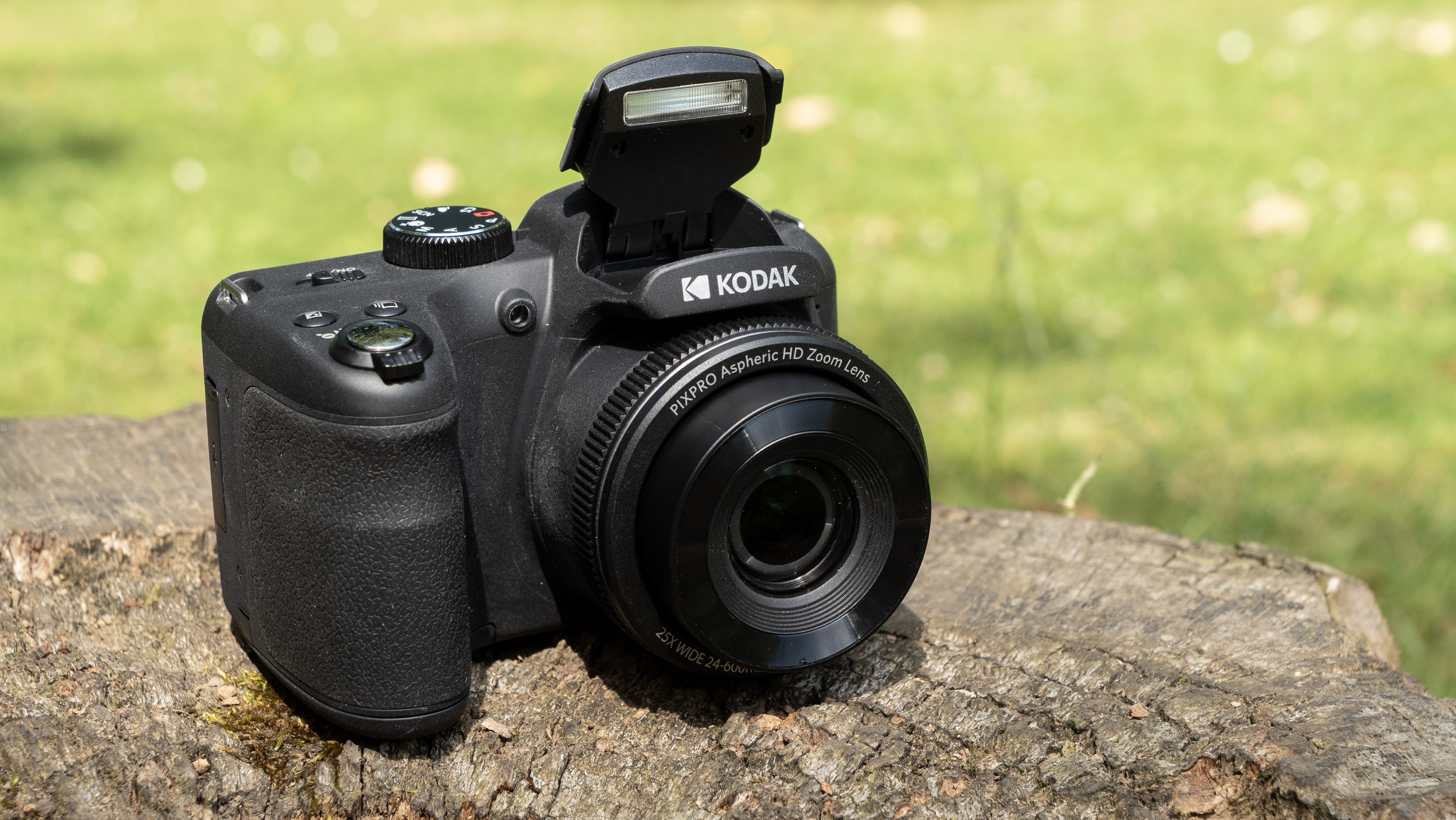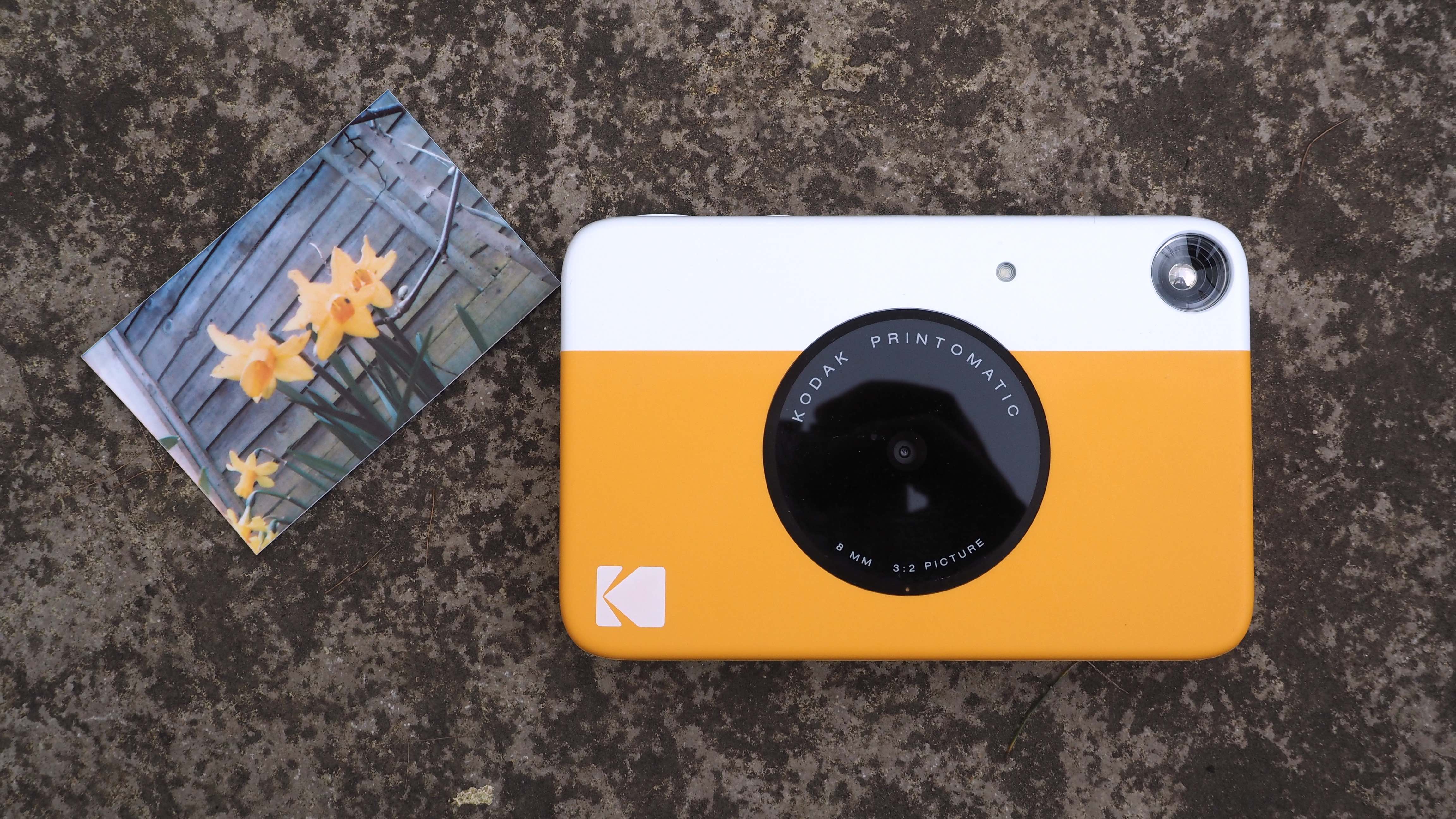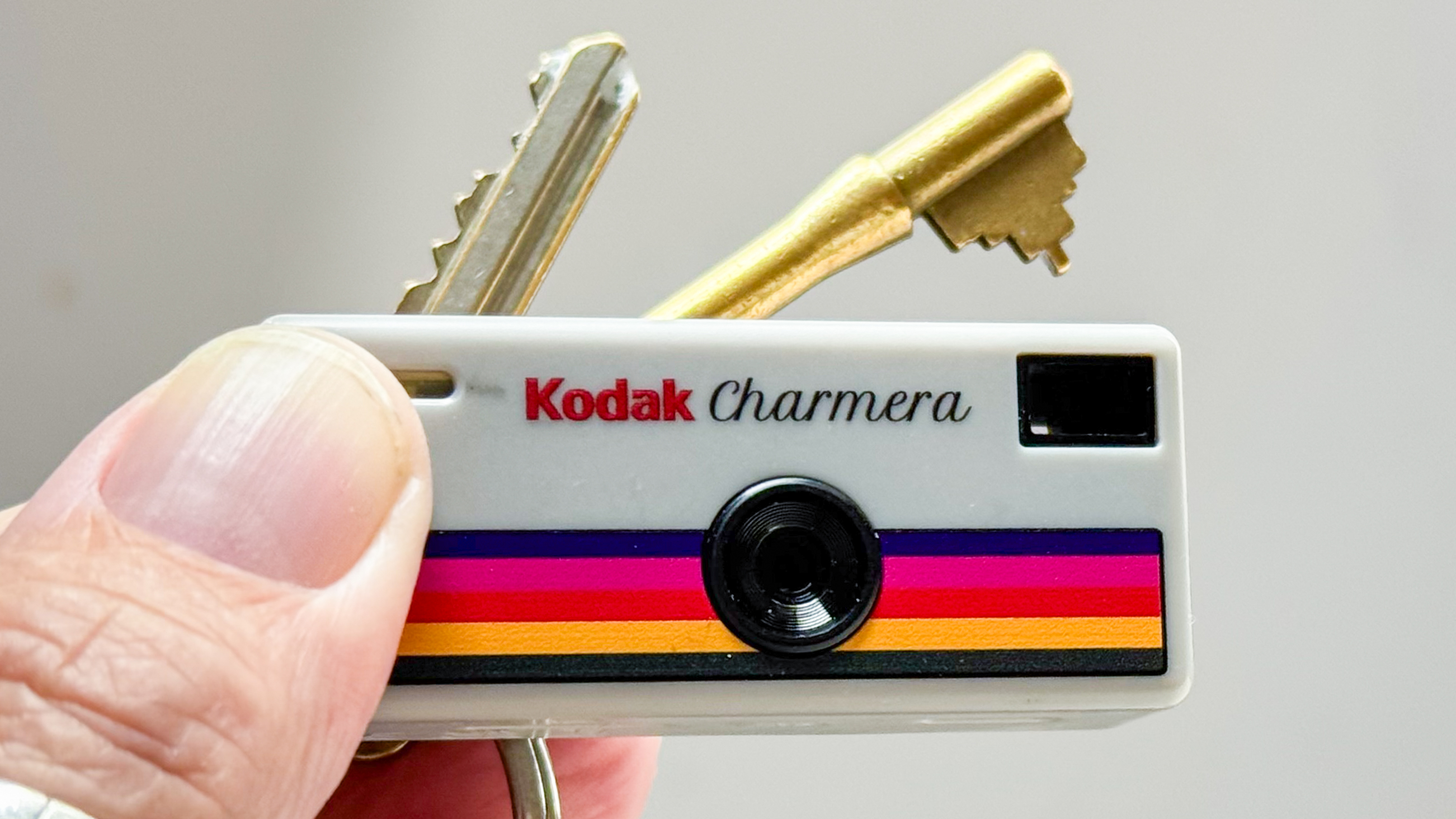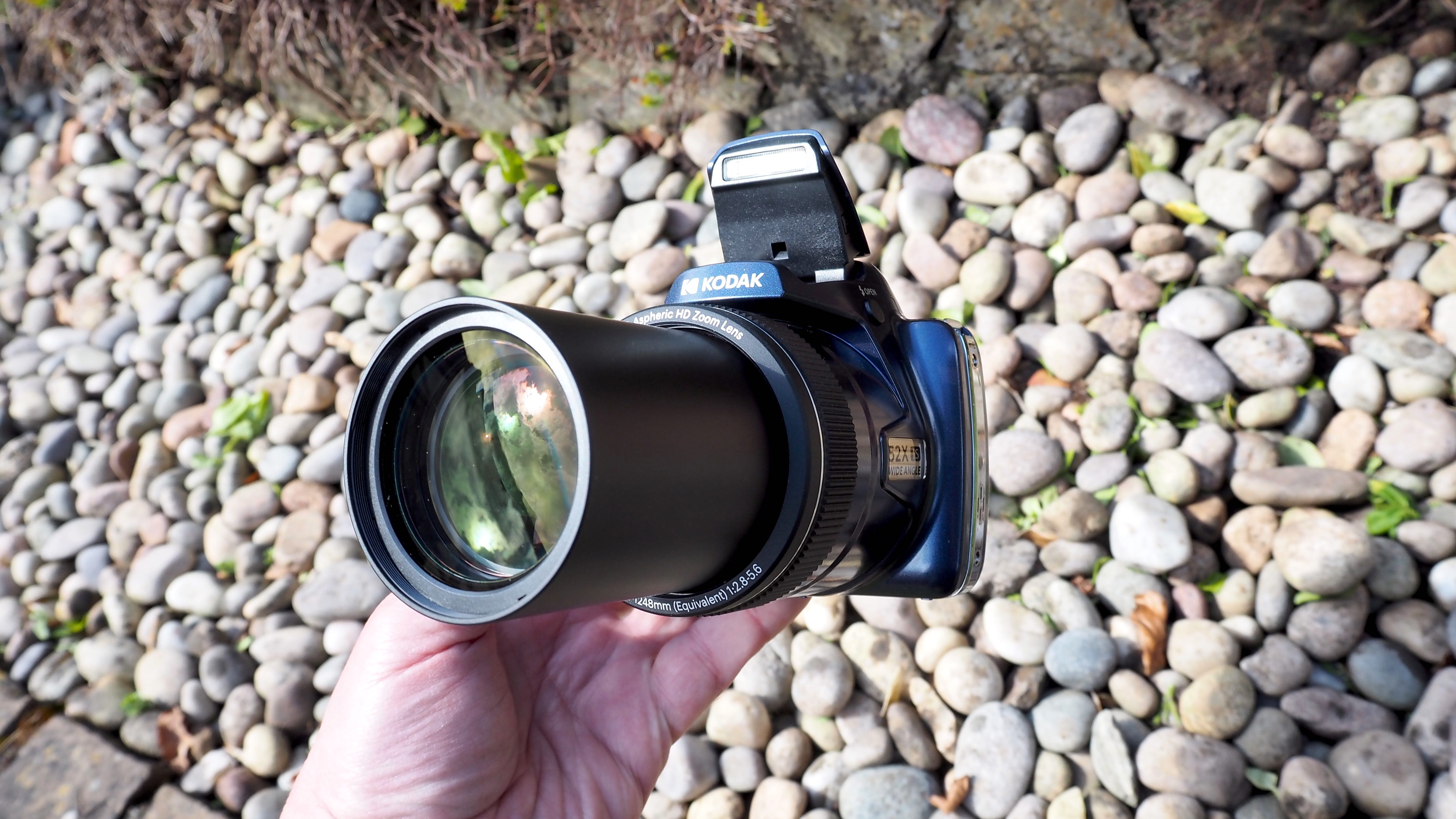The best Kodak cameras in 2025
Make your own Kodak moments once again with the best Kodak cameras to buy, including film and digital
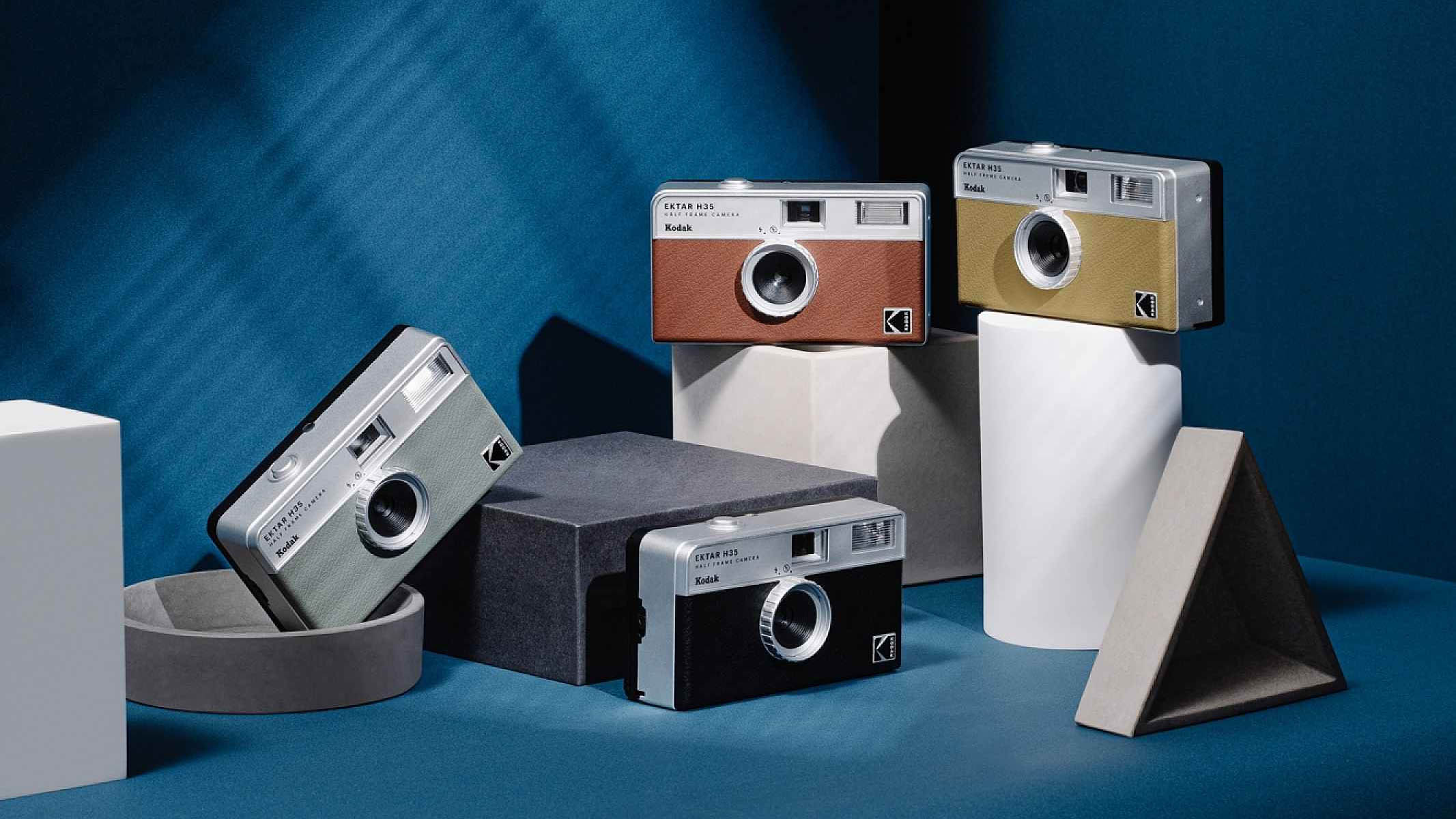
The best Kodak cameras span a number of different categories, though all are arguably targeting a similar type of user. Kodak cameras these days have a firm emphasis on fun, with the brand mostly lending its name to knockabout point-and-shoots that are easy for anyone to pick up and use. Some are digital, some are analog, and some as we’ll see are an interesting mix of both.
The Kodak company of old doesn’t actually make many of these cameras nowadays. The brand now licenses its name to other firms, and it’s these companies that make and sell the cameras with the Kodak seal of approval. As such, there’s quite a bit of variety in the range.
We’ve aimed to cover the whole lot in this guide, so we’ve got quite a few sections. First, we have digital bridge cameras and compact cameras. These are the kind of digital cameras that were very popular before the advent of the smartphone, and which are now making a big comeback.
Kodak licensee JK Imaging has been making these point-and-shoot models for sometime - so now is enjoying a great deal of success from the resurgence of the point-and-shoot digicam. Reto Production, meanwhile has had a runaway success with its initial batch of Kodak Charmera cameras (and is currently out of stock everywhere) - this digicam so small it is designed to live on your keyring
Next, we cover instant print cameras, which function like Polaroids, that spit out their instant prints on photo paper rather than film. After that, we have a couple of 35mm film point-and-shoots for those who want to get old-school. And lastly, some cheap disposable cameras if you want to recapture that 90s holiday magic.
For more retro fun, see our guides to the best film cameras and the best instant cameras. And now, let's count off the best Kodak cameras to buy…

Jon spent years at IPC Media writing features, news, reviews and other photography content for publications such as Amateur Photographer and What Digital Camera in both print and digital form. With his additional experience for outlets like Photomonitor, this makes Jon one of our go-to specialists when it comes to all aspects of photography.
The Quick List
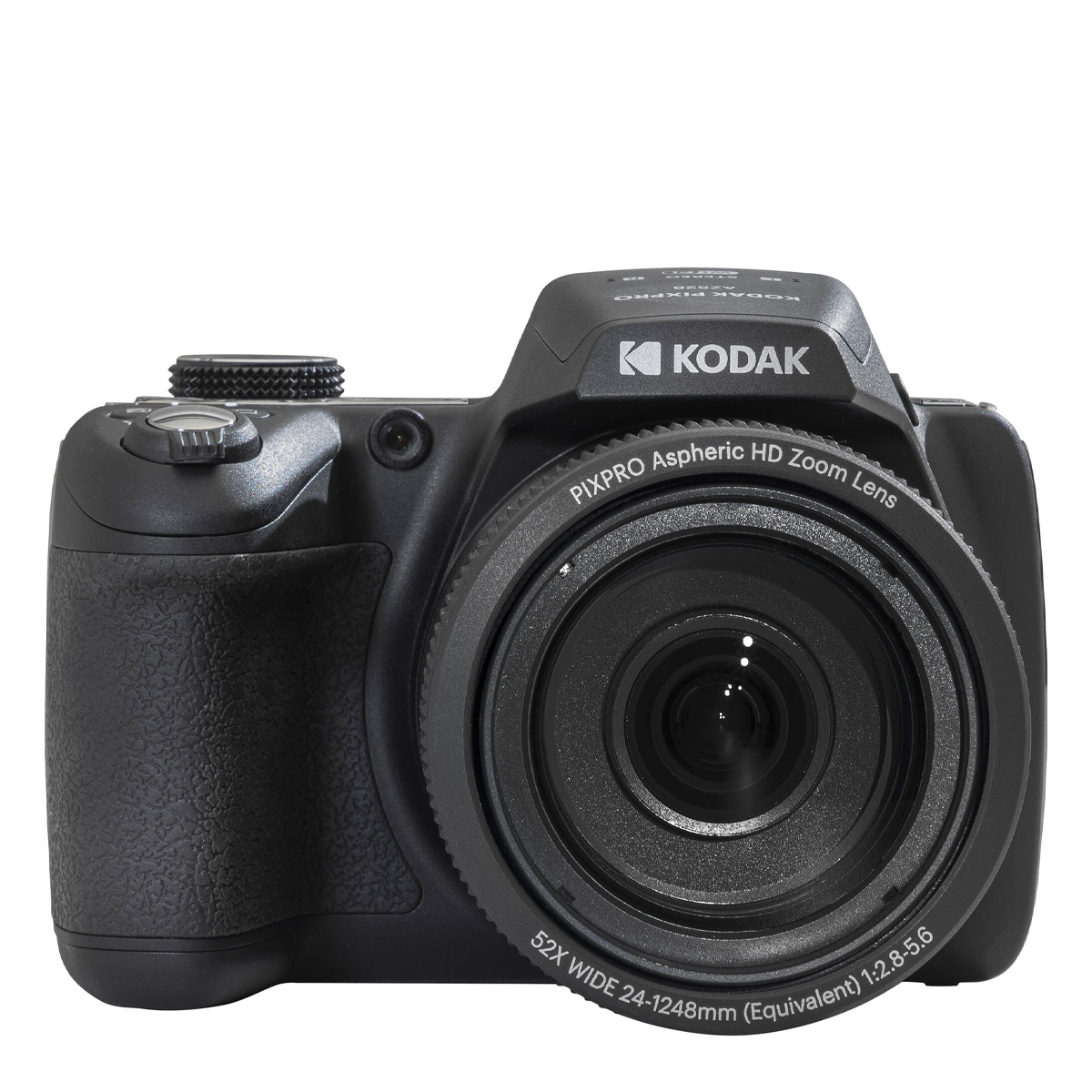
With a single fixed zoom lens, this camera has a 52x zoom that can capture everything from widescreen landscapes to extreme close-ups. Read more below…
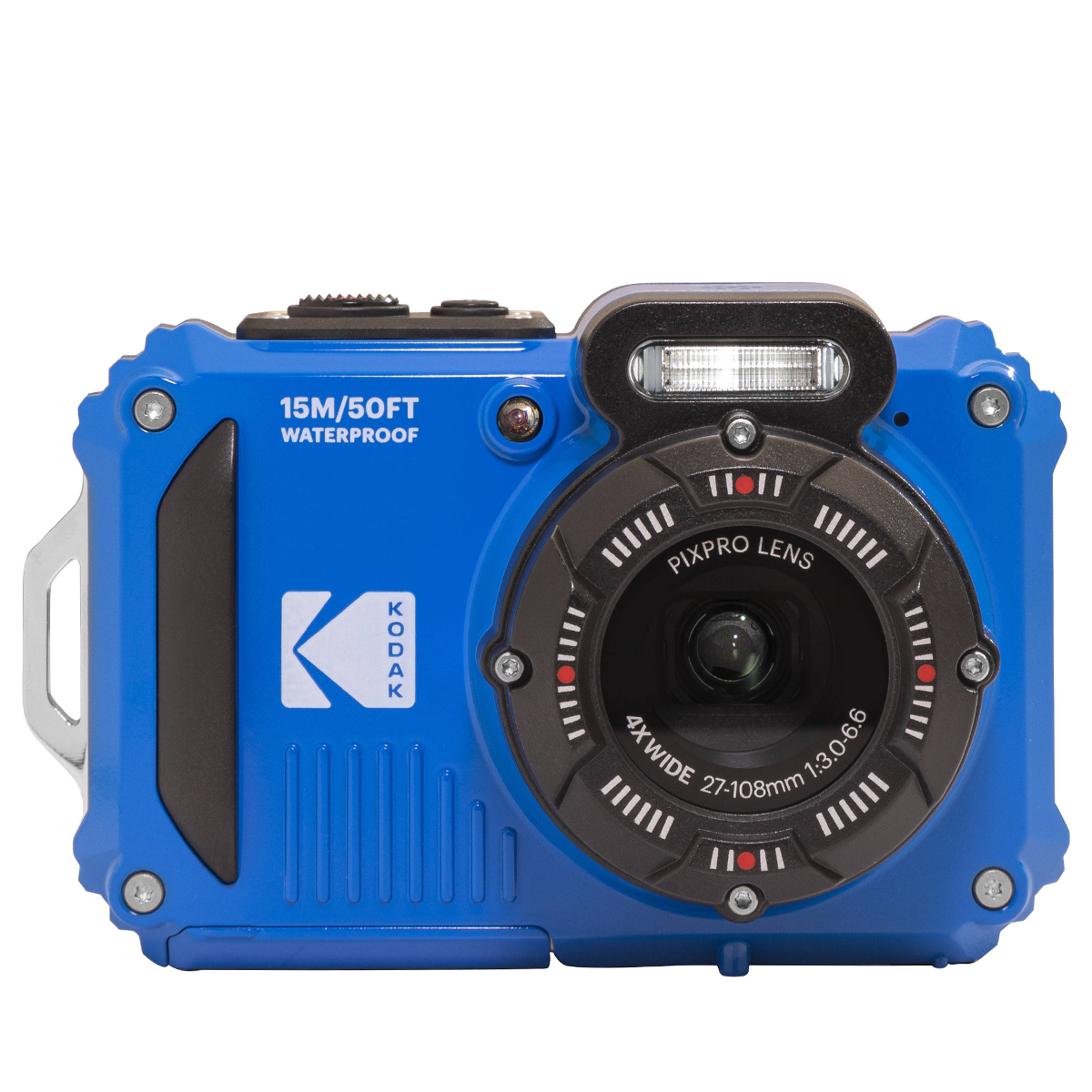
The protection provided by this waterproof zoom compact means you can take it underwater and to many other demanding locations. Read more below…
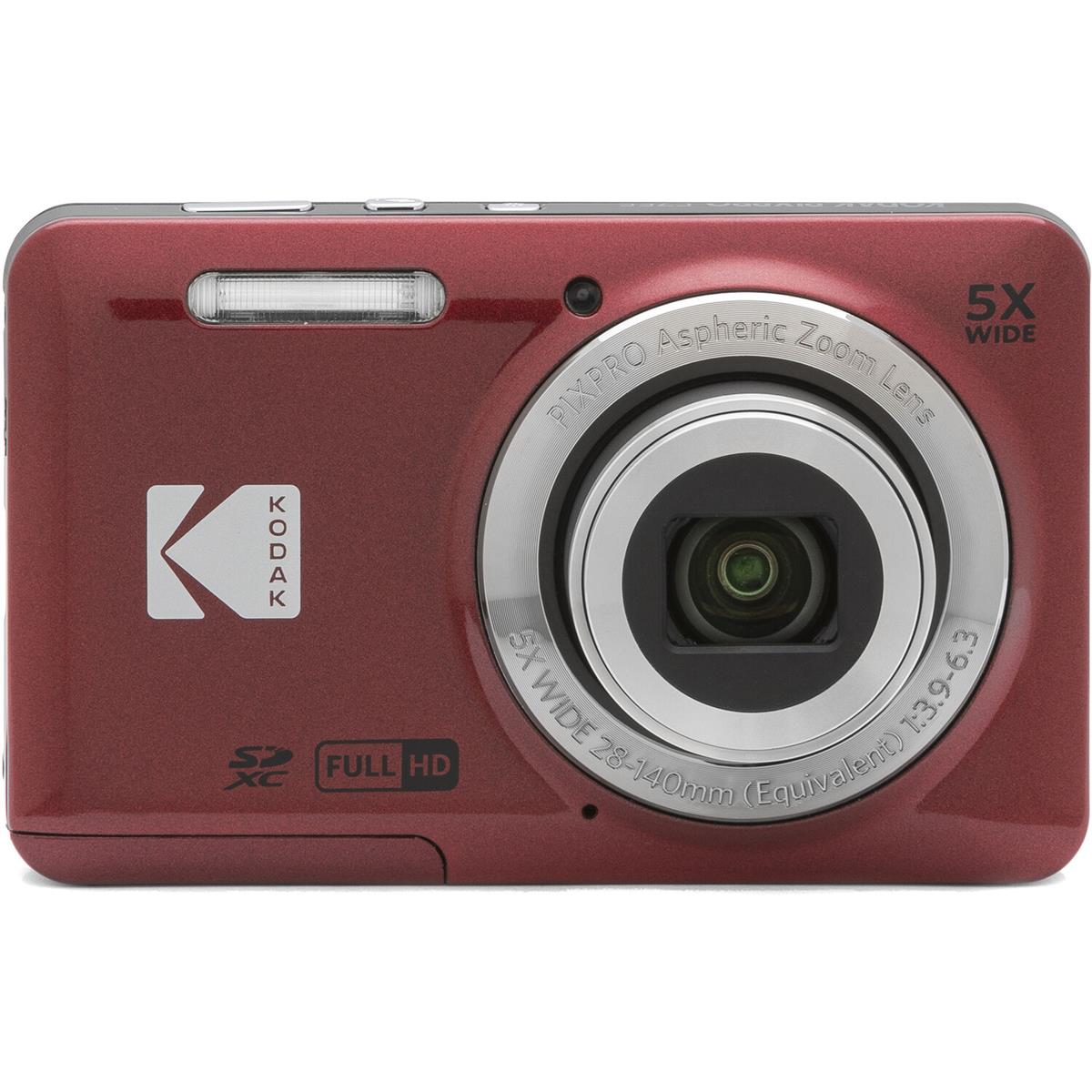
This is a highly popular model as it offers a digital camera with a built-in zoom at a price that others can't compete with. Read more below…
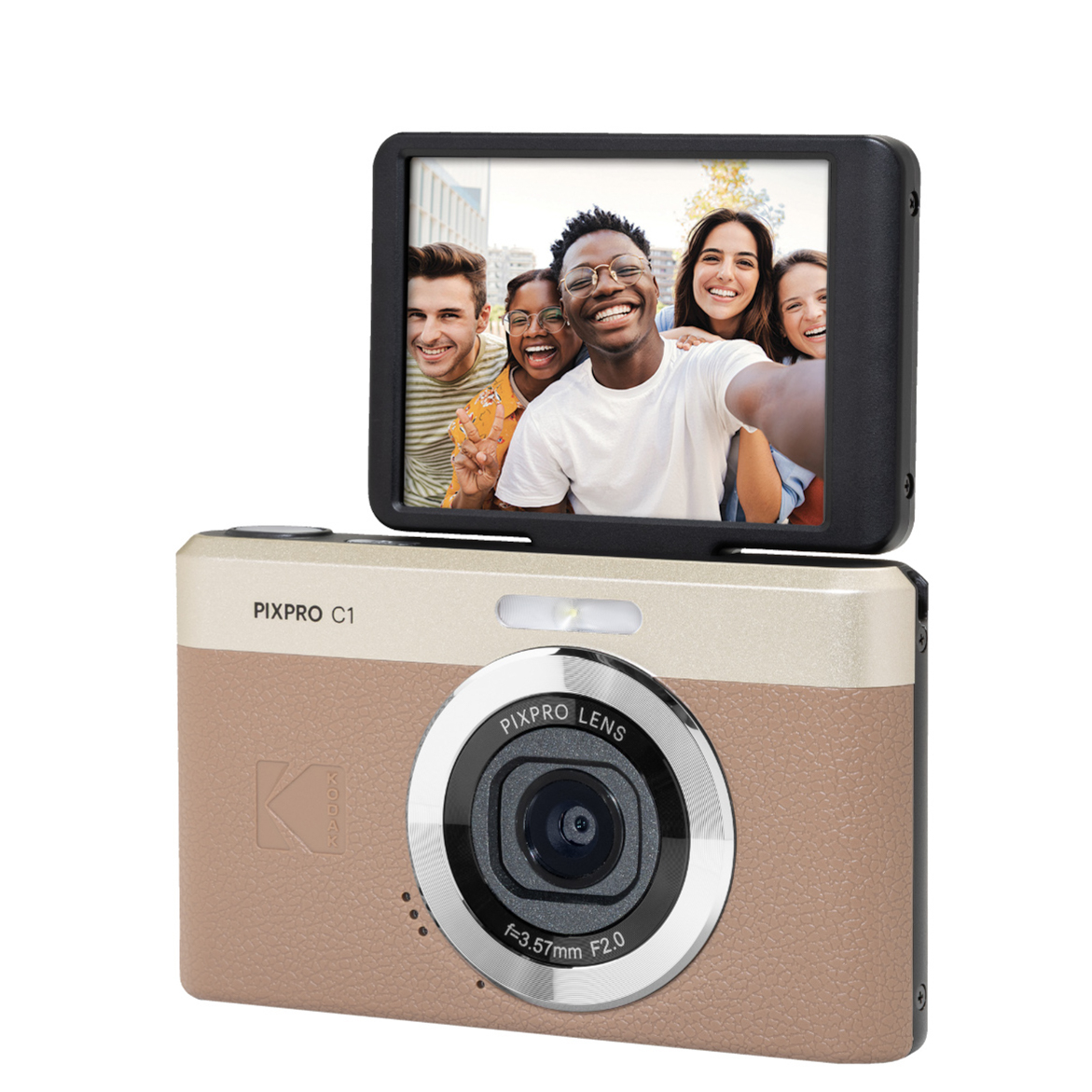
Kodak's latest and cheapest digital camera has flip-around screen that is perfect for selfies and vlogging, although it has no optical zoom. Read more below…
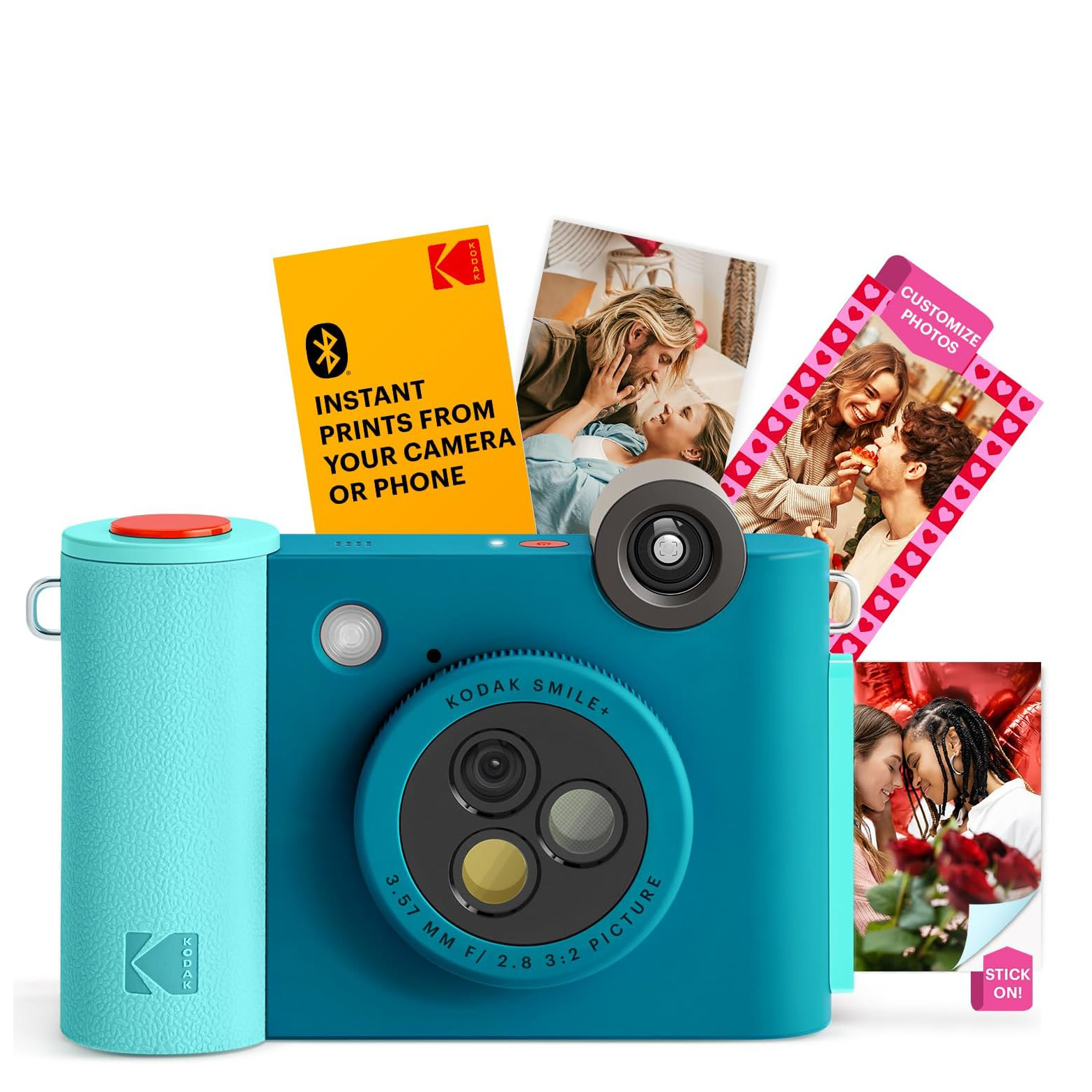
This clever hybrid combines an instant camera with a digital camera, giving you the choice as to whether you print or not. As a bonus, you can use it to print photos wirelessly from your mobile phone. Read more below…
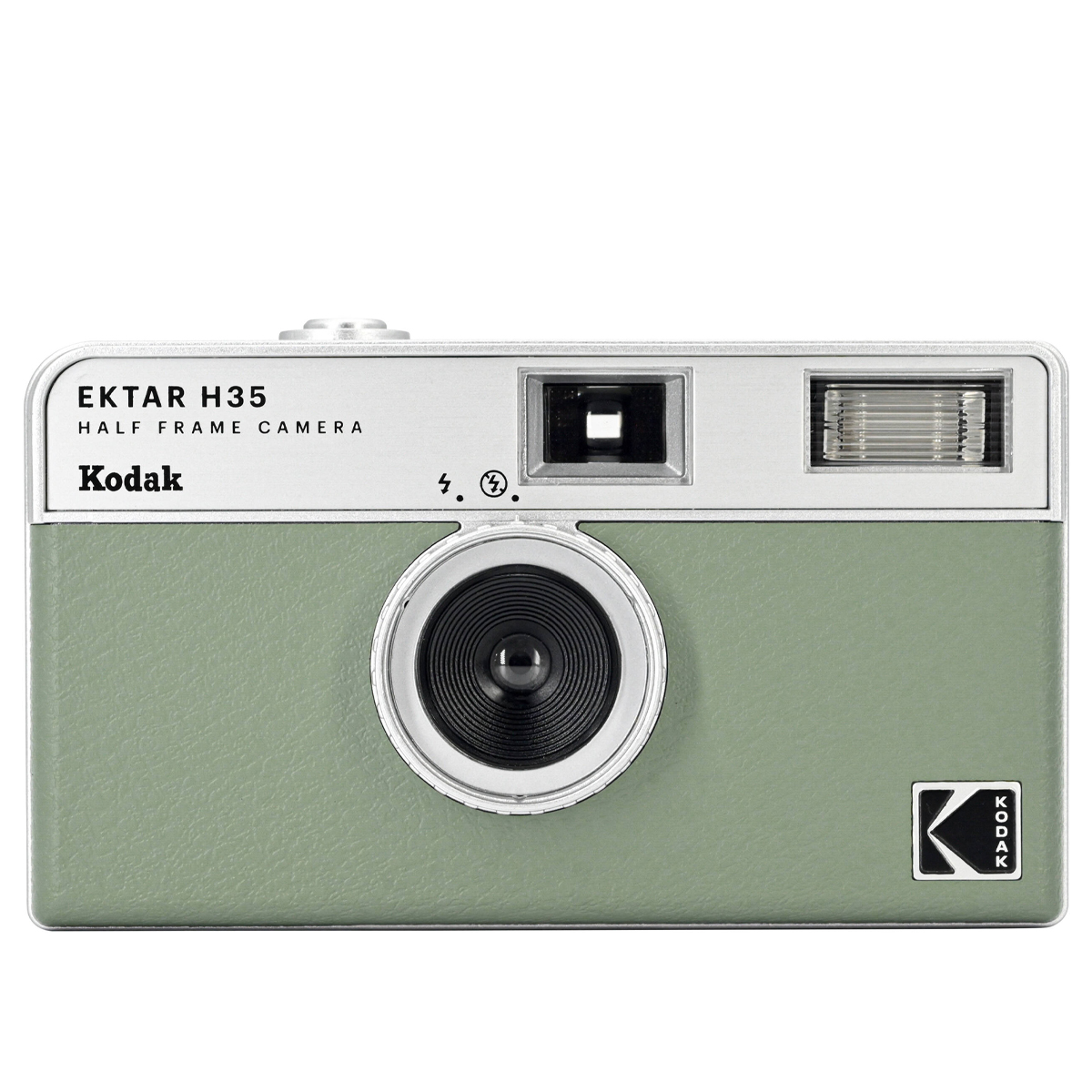
This clever contraption records each shot on only half a frame of film, so you get double the number of shots from each roll. Read more below…
View the full list ⤵
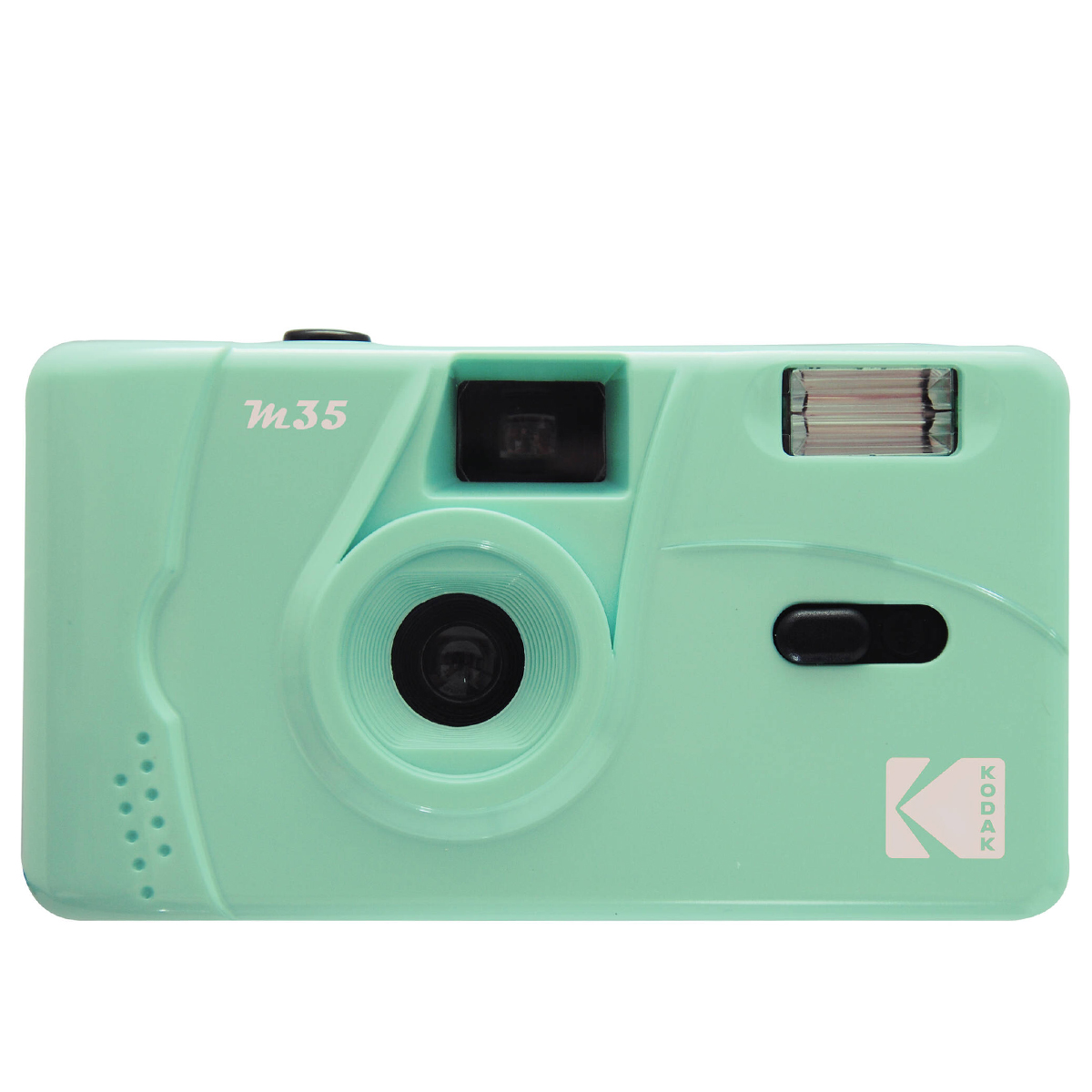
Here’s a simple, cheap, and reusable way to experiment with film photography, and you get a choice of eight colors to match your own style. Read more below…

A staple of music festivals, the Funsaver is a colorful way to own a camera for a weekend, which comes preloaded with film, so you can capture memories for a lifetime. Read more below…
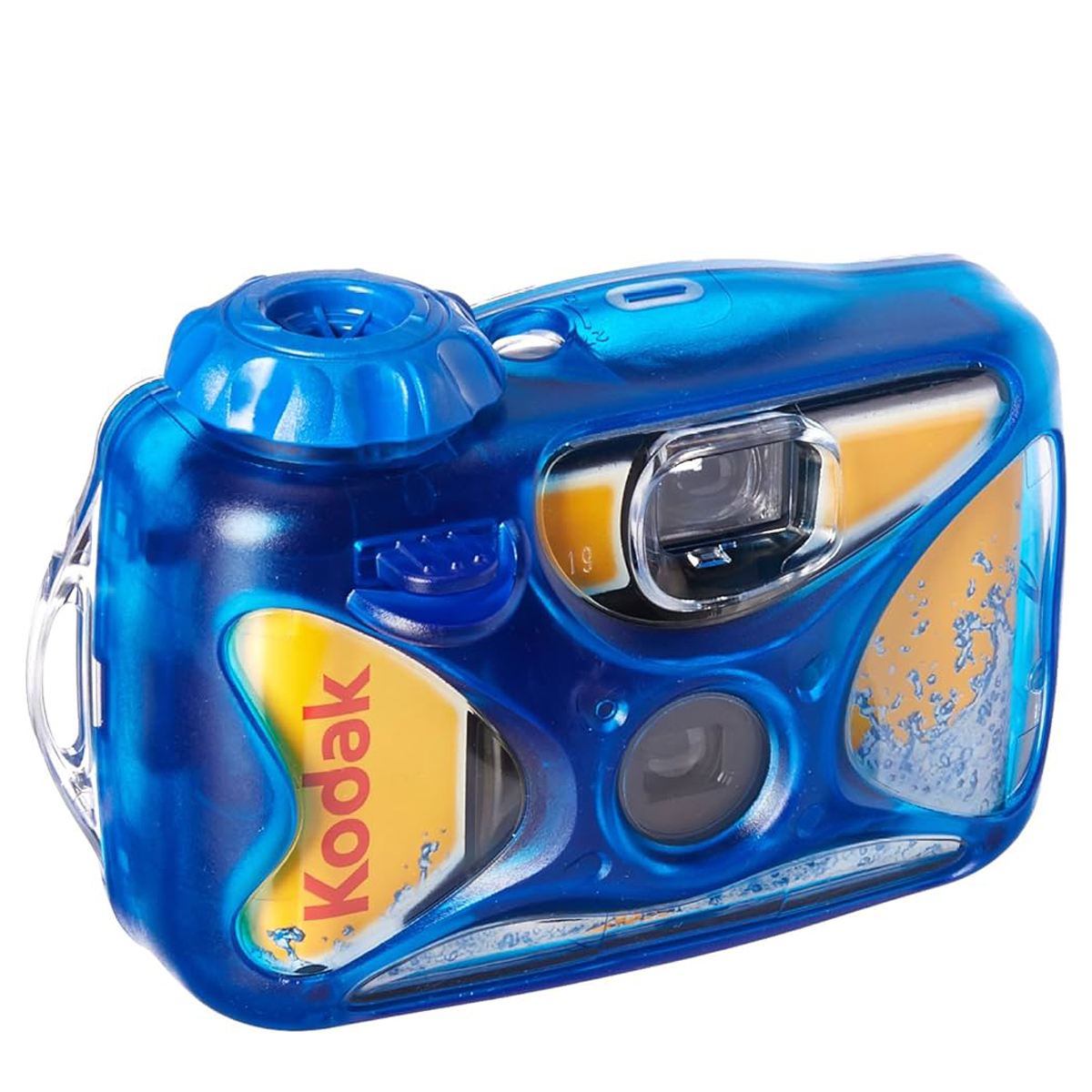
The only way to improve on the idea of a disposable camera is a disposable camera you can take underwater – ideal for holidays by the beach or the pool. Read more below…
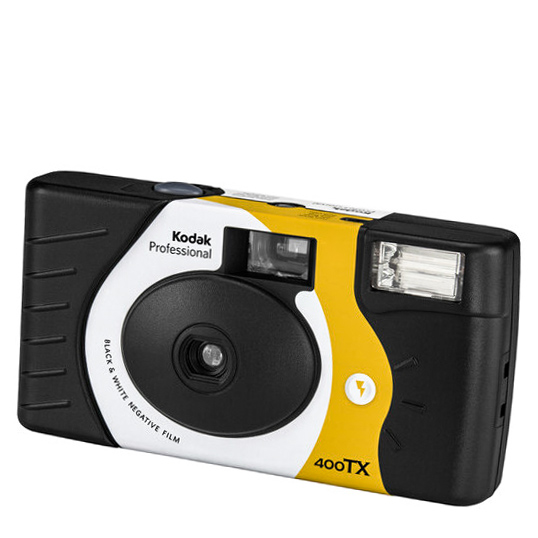
Shoot arty photos like the old monochrome masters with this disposable camera that's preloaded with black-and-white ISO400 film. Read more below…
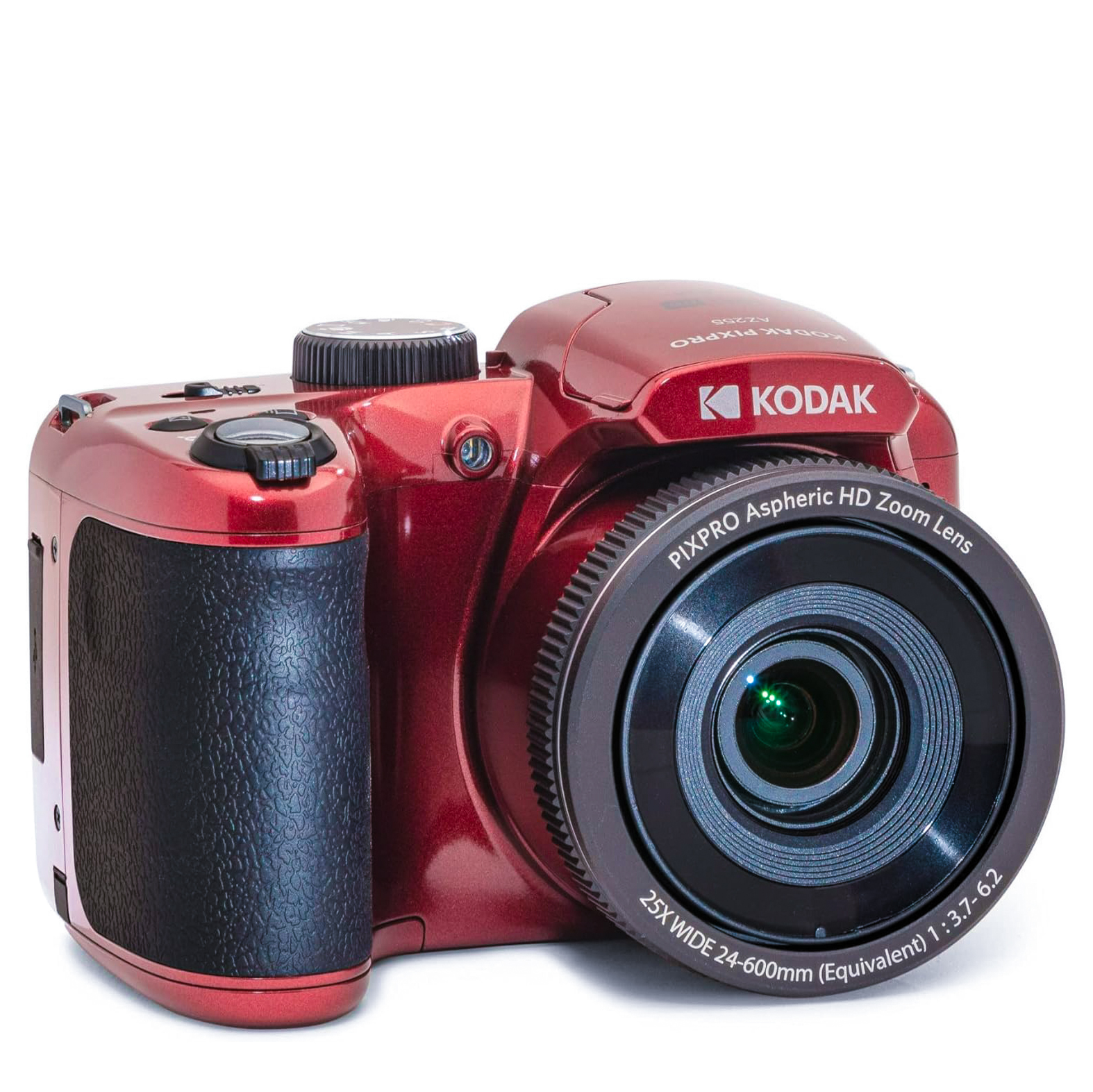
A budget-priced option from Kodak's Astro Zoom bridge camera range – but still packs a 25x zoom. This model needs decent lighting to get good results. Read more below…
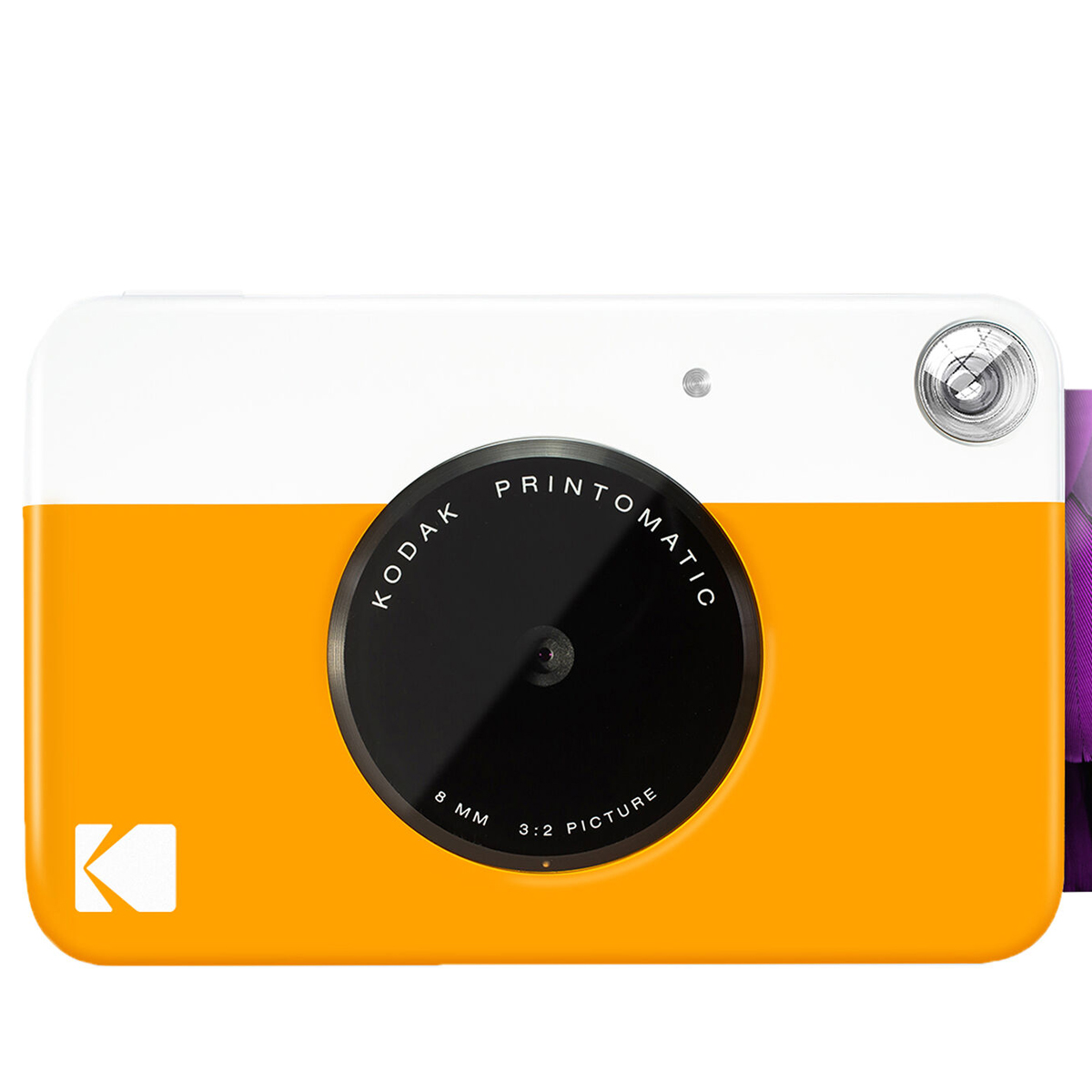
It’s hard to conceive of a camera simpler than this – look through the viewfinder, press the button, and receive a print a few seconds later. Read more below…
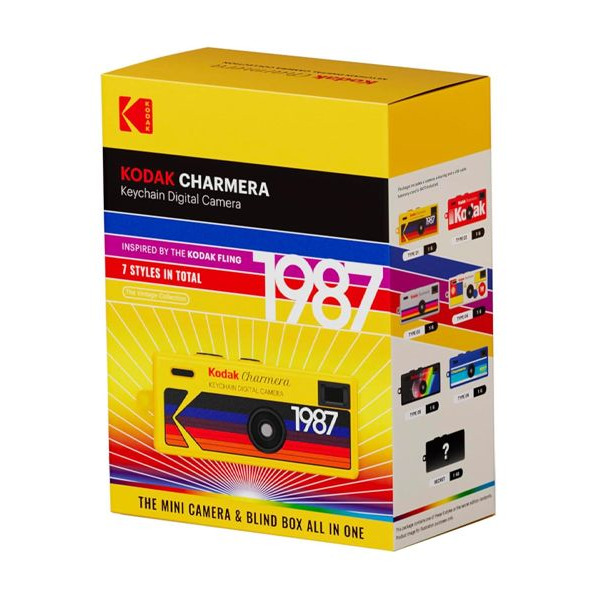
This miniature camera is designed as a keyring camera – and is sold in 'blind boxes' so you don't know which of the seven different designs you are buying. Read more below…
Best Kodak cameras
Why you can trust Digital Camera World
Best for zoom
Specifications
Reasons to buy
Reasons to avoid
Does this camera qualify as retro? 15 or so years ago, ‘bridge’ style cameras pairing DSLR-esque bodies with fixed superzoom lenses were all the rage – now, most manufacturers have abandoned the bridge camera format.
Not Kodak though, with its PIXPRO AZ528 giving photographers a pretty impressive 52x optical zoom range in a body that’s much cheaper than buying a mirrorless camera with equivalent lenses. It has essentially the exact same advantages and drawbacks that bridge cameras did in the mid-2000s – a big, useful, one-size-fits-all zoom lens, at the cost of a small 1/2.3-inch sensor and optical softness, compared with lenses with lesser focal ranges.
Read more: Kodak PixPro AZ528 review
Kodak waterproof compact camera
Specifications
Reasons to buy
Reasons to avoid
Waterproof compacts are a once-popular type of compact camera that are mostly being retired by other manufacturers, but the Kodak PIXPRO WPZ2 flies in the face of that trend. Waterproof down to 15m, shockproof against drops of two metres, and generally sealed and dustproofed all over, this capable little compact is designed to be nice and easy to use.
To that end, pretty much all shooting functions are automated, although it does have a useful 4x zoom lens. It’s got a built-in flash, which is generally very handy underwater where light is harder to come by, and the sensor produces decent-looking 16MP images. It’s available in blue or yellow.
Read more: Kodak PixPro WPZ2 review
Kodak budget compact camera
Specifications
Reasons to buy
Reasons to avoid
The Kodak FZ55 (and its sister model the Kodak FZ45) have become super popular in the last couple of years. The reason is that Kodak is the last company making zoom compact cameras at such affordable prices. The image quality leaves a lot to be desired for photography purists - but the low-fi look appeals to those wanting to relive the first digital cameras. Using the camera is like taking a trip back in time for those of us who used such cameras the first time around. Your phone might give you better results nowadays, but this is a camera for those that probably don't have a far more expensive smartphone.
Also consider: The Kodak Pixpro FZ45 is nearly identical, but has a slightly smaller zoom, and uses AA batteries instead of a built-in rechargeable battery.
Read more: Kodak Pixpro FZ55 review
Kodak selfie camera
Specifications
Reasons to buy
Reasons to avoid
The latest in the Pixpro line is a stylish point-and-shoot digital camera at an enticingly low price. Unlike the FZ55 and FZ45, the C1 doesn't have a built-in optical zoom. Instead, it has a fixed wide-angle that uses digital magnification to give a zoom effect (with a corresponding drop in resolution from the maximum 13MP on offer).
Its charm is in its retro design. The C1 is not only miniature and minimalist, but features a sweet-looking swing-over LCD screen that is perfect for when you want to shoot selfies or do a bit of vlogging.
Ultimately, the image quality is on the disappointing side – but the C1 is great fun to use, and is attractively priced for those wanting a budget point-and-shoot digicam.
Read more: Kodak Pixpro C1 review
Kodak digital instant camera
Specifications
Reasons to buy
Reasons to avoid
This stylishly designed hybrid camera offers you a digital camera and instant print camera - like the Kodak Smile Classic. But with this model, the prints are the standard 3x2in Zink size. The resolution of the digital camera is also significantly lower than its older brother - maxing out at 5MP.
The choice of a digital photo or a hard copy print is great to keeping running costs down, compared to a normal instant camera. And a big bonus is that you can use the Smile+ to create prints from images stored on your mobile phone - acting its services as a portable printer.
The image quality from the Zink process is disappointing - although the interaction this allows at gatherings does create a lot of fun. You also get to jazz up your shots using the built-in rotating photo filter on the front of the camera.
See our full Kodak Smile+ review
Kodak half-frame film camera
Specifications
Reasons to buy
Reasons to avoid
Half-frame cameras used to be commonplace – and now, with film and development costs rising, they’re very much back in vogue. The Ektar H35 (despite the name, it unfortunately doesn’t come with a roll of Ektar color print film) is a point-and-shoot film camera that divides each frame of a roll of 35mm film into two. So, instead of producing 36 images measuring 24x36mm, it’ll produce 72 images measuring 24x18mm.
While it can be tricky to remember you’re shooting portrait rather than landscape (the viewfinder provides a helpful portrait-orientation grid), it’s a fun knockabout camera that’s great for getting more value out of your film. It’s available in sage or brown.
Also consider: The similar, but more expensive, Kodak Ektar H35N adds in a few extra features, such as a B setting for long exposures, and a starburst filter, plus using a slightly faster 22mm f/8 lens. It is available in six different colors with either ribbed or glazed front panels.
Read more: Kodak Ektar H35 review
Budget Kodak film camera
Specifications
Reasons to buy
Reasons to avoid
While it uses a plastic lens just like a disposable camera, the Kodak M35 produces markedly better results from its 31mm optic, and is definitely the superior choice if you plan to do plenty of film shooting.
It has fixed exposure settings – you point, you shoot, and that’s more or less it, except you can toggle the flash off and on. The flash is powered by an AAA battery, and it is quite easy to accidentally leave it powered and drain it overnight. Fortunately, the camera doesn’t need power to actually function, so this will only mean you can’t use the flash until you replace the battery. It’s available in blue, gray, mint, olive, pink, purple, scarlet or yellow.
Also consider: The Kodak i60 is a very similar reloadable film camera, with the main difference being the styling. We preferred the M35 in our tests as we felt it handled better, and is cheaper.
Read more: Kodak M35 review
Kodak disposable camera
Specifications
Reasons to buy
Reasons to avoid
Disposable cameras are back in fashion nowadays. Go to any music festival and it won’t be long before you spot one – and there’s a good chance it’ll be a Kodak Funsaver. With its distinctive yellow, red and black styling, the Funsaver is a mainstay of holidays and trips.
It uses an ISO 800 film stock, which gives it plenty of light sensitivity, although there is a built-in flash if you need it. That and the shutter button are the only control you get to exercise over the image – shutter speed and aperture are fixed.
Read more: Kodak Funsaver review
Kodak waterproof disposable camera
Specifications
Reasons to buy
Reasons to avoid
A hardier disposable than the flimsy plastic things we’re used to, the Kodak Sport is encased in a rubberized shell that can take a knock or two, and also boasts a scratch-resistant lens. What’s more, it’s also rated to be able to go up to 50ft underwater, making it a terrific choice for beach holidays and snorkelling.
In other respects, it’s a near-identical proposition to the Kodak Funsaver, loaded with the same ISO 800 film and offering the same point-and-shoot experience. Be warned though – there isn’t a flash, so it’s a camera best used in nice, bright daylight.
Read more: Kodak Sport review
Kodak black-and-white disposable camera
Specifications
Reasons to buy
Reasons to avoid
Black and white photography remains ever popular - and this disposable camera gives you the taste for shooting in monochrome for a minimal investment. This model is pre-loaded with Kodak's highly-respected ISO 400 Tri-X emulsion, which should allow you to shoot in a variety of lighting conditions. And then after dark you can take advantage of the built-in flash.
Given the price of film, this is something of a bargain – although you do need to budget for subsequent processing and printing costs.
Read more: Kodak Tri-X Single Use camera review
Kodak budget bridge camera
Specifications
Reasons to buy
Reasons to avoid
Kodak makes a range of 'Astro Zoom' bridge cameras – offering DSLR-style grip and big built-in zooms. The AZ255 is essentially a budget version of the Kodak AZ538 - with the key difference being that this has a smaller 25x zoom. That's more than enough telephoto power for most users - and there is an advantage of weighing less (and costing less) than its bigger brother. We were disappointed with the image quality in our tests, however. It did well in sunny conditions - but struggled in low light, and when there was lots of contrast in the scene.
A slightly more expensive option is the similar Kodak PixPro AZ405, which features a longer 40x zoom and higher 20MP resolution.
Read more: Kodak PixPro AZ255 review
Budget Kodak instant print camera
Specifications
Reasons to buy
Reasons to avoid
Instant print cameras have always been geared towards simplicity, but even by that benchmark, the Printomatic is about as simple as you can get. There’s no settings control to speak of – there’s not even an LCD screen to review images before or after you take them. You just hope for the best while looking through the little viewfinder, and moments later the camera will spit out a print of what you captured on Kodak’s Zink photo paper.
It’ll also save a copy if you insert a microSD card, although the makers didn’t deign to include one. Or a USB charging cable. Or more than five pieces of Zink paper. Come on, lads – you have to admit, that’s a bit cheap. It’s available in gray or yellow.
Read more: Kodak Printomatic review
Miniature toy camera
Specifications
Reasons to buy
Reasons to avoid
The Kodak Charmera is a keychain camera that is barely the size of your thumb, takes pictures at just 1.6MP resolution, has no exposure control to speak of – and it's been a massive surprise hit, selling out so fast that you might have trouble getting hold of one
The Kodak Charmera is charming. With a body design based on the Kodak Fling disposable film camera from the 1980s, though much smaller, this box-like camera comes in seven distinct branding styles – and an interesting wrinkle is that you don't know which look you're getting until you open it up, with the camera being sold in a 'blind box'.
As we found in our review, the camera itself is unsurprisingly very easy to use. The vintage frames and filters you can add to your images add plenty of fun to proceedings, having the option of both stills and video adds versatility, and the tiny form factor means this truly is a camera you can take absolutely everywhere. The image quality is obviously nothing special, but we did find it more pleasing than we expected for a 1.6MP camera. And at $30, can you really go far wrong?
Read more: Kodak Charmera review
How we test compact cameras
We don't test compact and instant cameras using the same scientific lab tests we do on the latest mirrorless cameras and lenses – but our evaluation is no less exhaustive! When we get a point-and-shoot camera, we take it to an actual shooting environment, taking multiple images to see how it performs in a variety of lighting and environmental conditions.
Ie also take any "clever" features into consideration, especially as this relates to ease of use. After all, the sort of pocket camera Kodak makes are supposed to take pictures instantly with minimal fuss! Battery life is a key point as well, given that there's a physical mechanism and usually a flash being fired. Image quality is quite subjective – with instant and film cameras photochemical prints inherently possess a different set of characteristics.
Find out more about how we test and review on Digital Camera World
The best camera deals, reviews, product advice, and unmissable photography news, direct to your inbox!
Jon spent years at IPC Media writing features, news, reviews and other photography content for publications such as Amateur Photographer and What Digital Camera in both print and digital form. With his additional experience for outlets like Photomonitor, this makes Jon one of our go-to specialists when it comes to all aspects of photography, from cameras and action cameras to lenses and memory cards, flash diffusers and triggers, batteries and memory cards, selfie sticks and gimbals, and much more besides.
An NCTJ-qualified journalist, he has also contributed to Shortlist, The Skinny, ThreeWeeks Edinburgh, The Guardian, Trusted Reviews, CreativeBLOQ, and probably quite a few others I’ve forgotten.
- Chris GeorgeContent Director
